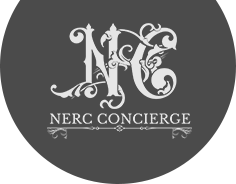

Gray entered the architectural mainframe late in life. It was 1929 when she began working on E-1027, her first building. She was 48 and a respected furniture designer, but had grown weary of designing the elaborate interiors of other people’s houses.
For all the work done by Gray, however, it took an essay by Joseph Rykwert in 1967 to bring her deserved recognition. By that time, the house had been credited as entirely the work of Badovici and even Le Corbusier.
In fact, Le Corbusier was a good friend of Badovici’s and was obsessed with E-1027. After Gray and Badovici split in 1932, Badovici inherited the house and often stayed there with his wife. Against Gray’s wishes, Le Corbusier, as Bodovici’s guest, painted murals on the walls. The French-Swiss architect even tried to buy the house but failed, instead purchasing property nearby where he built a small cabin.
The degradation continued during World War II when German soldiers practiced their aim against E-1027’s walls. Actual death came next. On August 27, 1965, Le Corbusier’s body washed up on the shores below, having drowned after going swimming against his doctor’s orders. After that, the house and surrounding area were declared a “Site Moderne” due to their international significance. Even that, however, didn’t halt the villa’s plight.
It’s fair to say Eileen Gray’s E-1027 French villa hasn’t lived a charmed life: It has survived desecration by Le Corbusier, target practice by the Nazis, a stint as drug den and orgy destination, and near dereliction. Let’s hope that the new Cap Moderne who have organised a public funding campaign to restore the villa to her former glory.
Photo credit Manuel Bougot
Article reference Jason Sayer
© 2025 NERC Concierge, All rights reserved